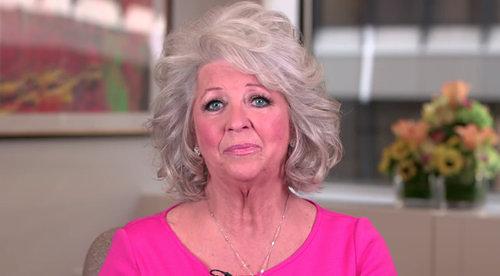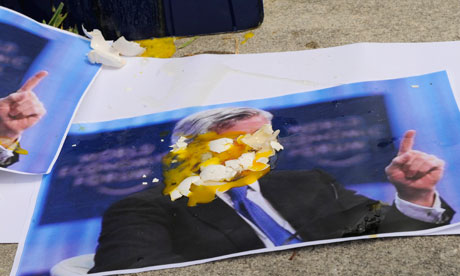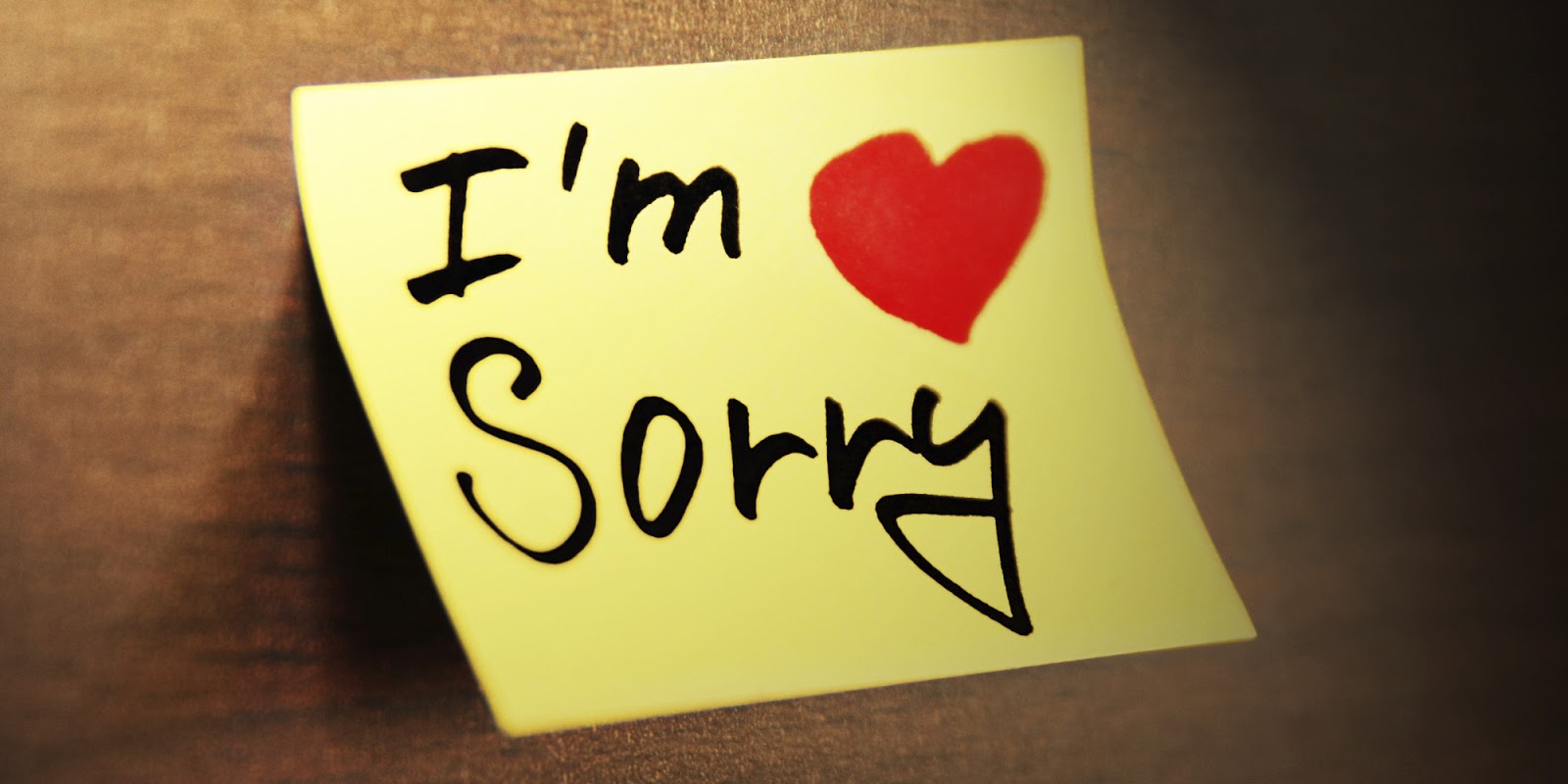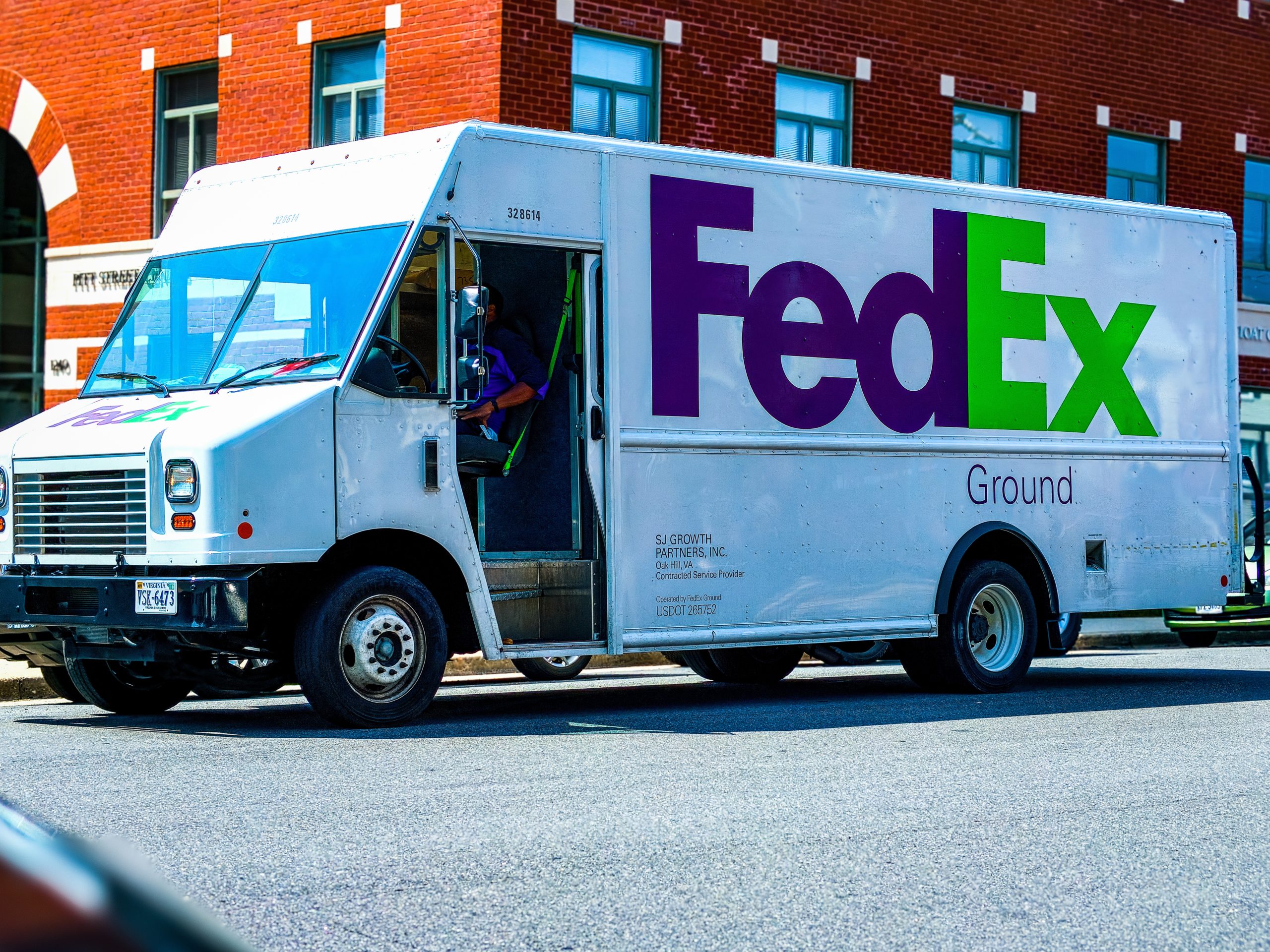PR teams have been pressed into crisis duty in a series of corporate missteps that have something in common: marketing or advertising that shows “cultural appropriation” – borrowing a sensitive ethnic or cultural theme for commercial purposes. It’s easy to see why a marketing campaign would be tempted by the currency and news value of a hot-button social or cultural issue, but it can be a perilous move. There are lessons in three recent cases of corporate cultural appropriation – and the PR responses.
Jack in the Box’s #MeToo Misstep
Last month, Jack in the Box was embroiled in a mini-controversy about its TV ad campaign for new teriyaki bowls in which men and women in an office talk about how much they like each other’s “bowls” – punning on the word “balls,” obviously. If you doubted that the spot attempts to parody the current sensitivity about sexual harassment in the workplace, there’s even a company lawyer who butts in and warns that they can’t say “bowls” in that context. Media critics led by Adweek as well as the Twitter-verse accused the fast food chain of insensitivity. The corporate response, in the form of a statement to Adweek, defended the spot without contrition.
“This ad is a creative and humorous expression around the teriyaki bowl, highlighting how a burger brand such as Jack in the Box has the guts — or ‘bowls’ — to go beyond the usual and serve something other than burgers. This ad is not diminishing any movement, and we stand firmly against any form of harassment and value those who have the guts to combat it.”
PR In proportion
The statement was the one and only corporate response to the criticism. Given that the the story lasted only a day in major media outlets, Jack in the Box’s corporate response seems both proportionate and sufficient. To its credit, the company did not issue an empty “fauxpology.” Instead, it defended its choice while affirming its values. The absence of response would have been a PR mistake, yet an overreaction could have overshadowed the campaign or even ended it.
The interesting question here is about the company’s motives. Could it have intentionally courted controversy by making light of workplace harassment issues? We don’t know, but if so, it was probably a risk that succeeded.
Bodega’s botched branding
In 2017 a pair of ex-Google employees founded a new company to sell goods usually found at convenience or corner stores – in vending-machine-like “pantry boxes” placed in other businesses and residential buildings around town. The pair came under fire when they named their company Bodega and used a cat (like those who live in bodegas) in its branding. A year later, the startup has rebranded as Stockwell. In this case, it was the earned media coverage around the launch that seemed to precipitate the backlash. Fast Company’s feature on the founders went viral – with the headline Two Ex-Googlers Want To Make Bodegas And Mom-And-Pop Corner Stores Obsolete. More media outlets piled on, and the founders found themselves on the defensive.
Startups should listen to PR advice, too
A less provocative headline might not have elicited so much blowback, but Bodega’s problem went beyond the brand. When asked about cultural insensitivity, cofounder McDonald explained that they had researched the name among Hispanics, with positive results, but he added, “I’m not particularly concerned about it.” Better PR advice might have led to a more sensitive answer. Yet in this case, the issue wasn’t just the company name, but its founders’ attitudes and their overall business goals. At the very time when Silicon Valley’s reputation has started to fray, it really did seem to want to put the bodega out of business, while borrowing its own cultural status in the bargain.
You never forget your first apology
After their missteps, the Bodega founders did many things right. Instead of granting a follow up interview to apologize further or commit to changing the name (a decision that couldn’t be made quickly), they posted an apology that acknowledged the problem and admitted their market research fell short. In announcing the company’s rebranding as Stockwell nearly a year later, they take responsibility for making a bad decision and move on to share a new and gentler vision for the company.
Though Fast Company notably did not soften its language in covering the rebrand, it seems that Stockwell is on a better path today than before, at least in a communications sense.
Target misfires in New York
The biggest brand to commit a cultural gaffe was Target. In July, it opened a store in Manhattan’s East Village, a neighborhood known for a gritty, diverse, and artistic sensibility. Target launched its store with a temporary display that depicted the storefront facade of iconic East Village rock club CBGBs. The backlash came in a New York minute. Rather than an homage, the CBGB facade was seen as a tone-deaf display at a time when residents are concerned about ongoing gentrification and corporatization of the area. Author Jeremiah Moss called it “the most deplorable commodification of local neighborhood culture I’ve ever witnessed.” As with the Bodega branding, the reference was perceived as ignorance of, or indifference to, the tastes of major stakeholders – namely, residents.
Two days after the store opening, Target issued a brief statement apologizing “if some eventgoers felt it was not the best way to capture the spirit of the neighborhood” and pledging to take “guest feedback” into account in the future. Given its size and resources, Target’s insensitivity to its new store’s community is surprising, and its response was tepid. When trying to tie their brand or product to an archetype, issue, or idea, businesses can’t afford to disregard cultural and social values of the communities they serve.











